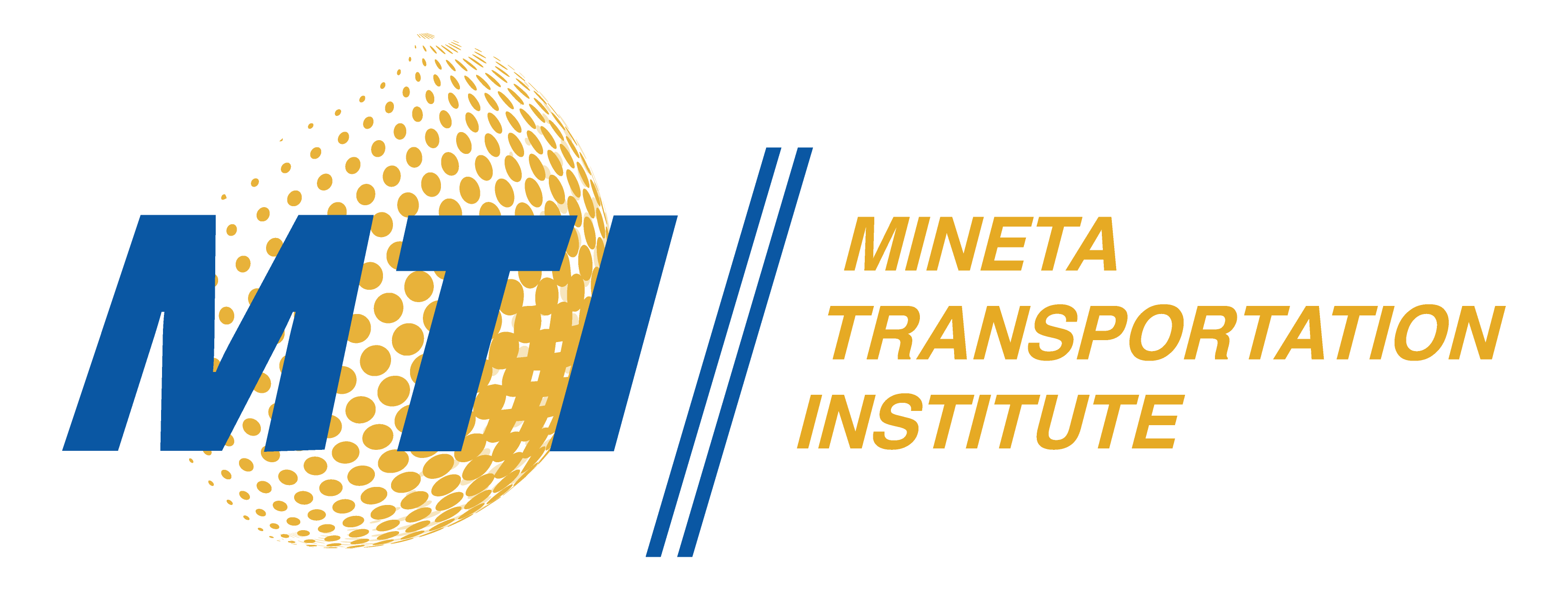Description
Public transit is a key tool to reduce greenhouse gas (GHG) emissions to combat climate change; improve safety for pedestrians, cyclists, and drivers; and expand accessibility and mobility for all. However, we can only realize this potential by making sufficient investments to provide transit service levels that attract and retain greater ridership. To help with this needed investment, a handful of local governments have turned to transportation utility fees (TUFs), primarily collected as a monthly charge on customers' utility bills or property tax bills. While more widely used to support street maintenance, this study identifies six case studies where TUF revenues have been used to support transit or active transportation modes. This study closely examines the legal enabling environment for TUFs, the fee calculations methodology, the eligible uses, and other critical details about how these fees work. This study concludes by investigating the feasibility of employing TUFs in California to support public transit and meet the state's GHG emissions reduction goals.
Publication Date
6-2022
Publication Type
Report
Topic
Active Transportation, Transportation Finance, Transit and Passenger Rail, Transportation Finance
Digital Object Identifier
10.31979/mti.2022.2032
MTI Project
2032
Mineta Transportation Institute URL
Keywords
Public transportation, transportation finance, transportation utility fee, utility fee, user fee, transportation
Disciplines
Public Administration | Public Economics | Transportation
Recommended Citation
Shishir Mathur and Ralph Robinson. "Transportation Utility Fee to Fund Transit in California" Mineta Transportation Institute (2022). https://doi.org/10.31979/mti.2022.2032
Research Brief

